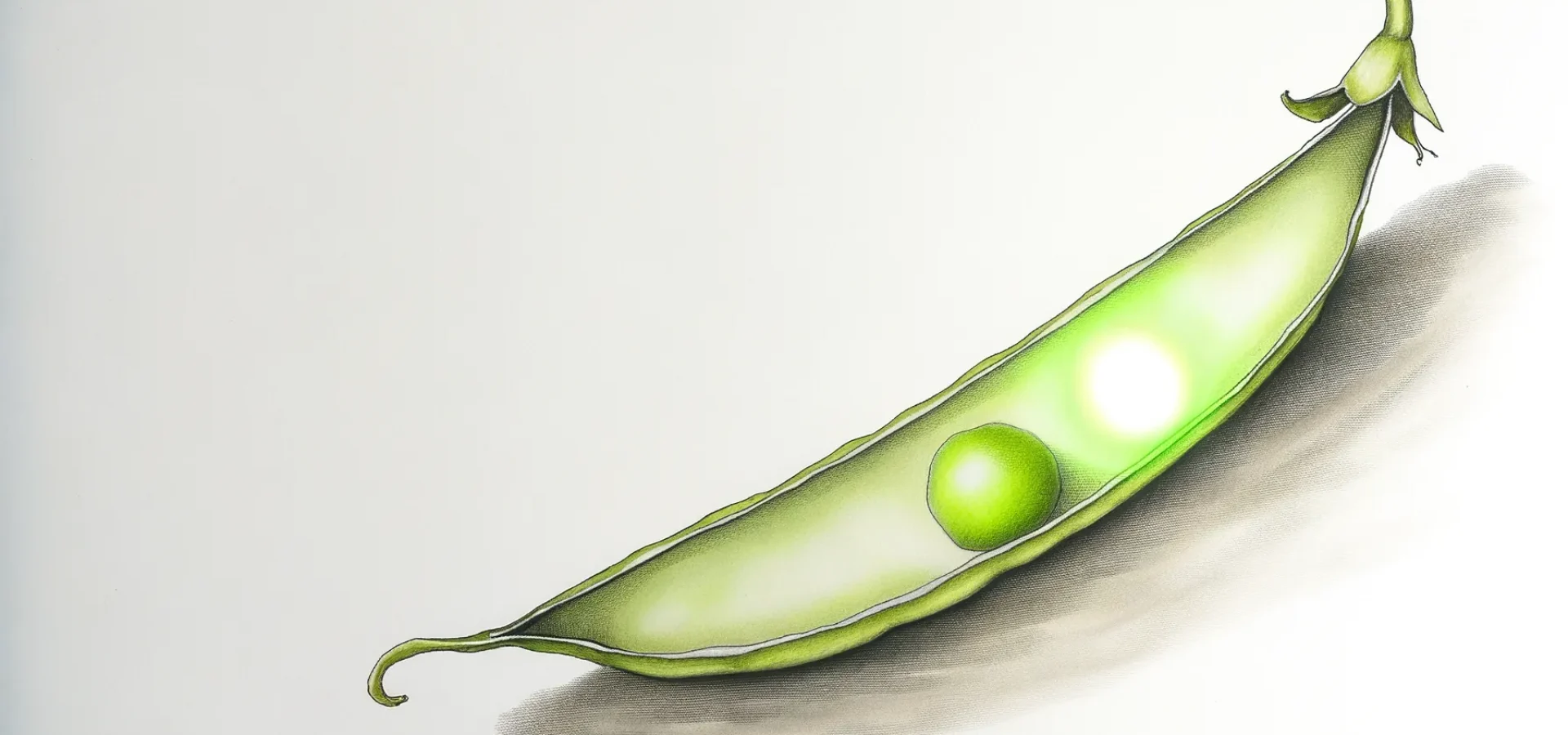
Discovering a pea-sized lump on your testicle can be a worrying experience. However, understanding the potential causes, diagnostic processes, and treatments can empower you to take the necessary steps towards addressing the issue. This guide will walk you through what to do after finding a lump on your testicle, from consulting a healthcare provider to understanding potential diagnostic tests and treatments.
A lump on the testicle can vary in size, but a common description is a “pea-sized lump.” This could be an early sign of testicular cancer or another condition that requires medical attention. Early detection and diagnosis are crucial for effective treatment.
Early detection of testicular lumps can significantly improve treatment outcomes. Regular self-examinations can help you become familiar with the normal feel and appearance of your testicles, making it easier to notice any changes.
For a detailed guide on how to perform a self-examination, refer to the Step-by-Step Instructions for Testicular Self-Examinations to Aid Early Detection of Testicular Cancer.
Finding a lump can be alarming, but it’s important to stay calm. Not all lumps are cancerous, and many benign conditions can cause lumps in the testicles.
Consulting a healthcare provider is crucial. They can perform a physical examination and recommend further diagnostic tests if necessary.
For more information on what to do if you detect a lump, visit the Testicular Cancer Foundation’s guide.
Your healthcare provider will start with a physical examination of the testicles to assess the lump’s size, location, and texture.
An ultrasound is a non-invasive imaging test that uses sound waves to create a picture of the inside of the testicles. It helps differentiate between solid masses (which may be cancerous) and fluid-filled cysts (which are usually benign).
Blood tests can detect tumor markers, which are substances that may be elevated in the presence of testicular cancer.
In some cases, a biopsy may be performed to obtain a tissue sample from the lump for further analysis. However, this is less common due to the risk of spreading cancer cells.
For more information on how testicular cancer is diagnosed, visit the Testicular Cancer Foundation’s FAQ.
Several benign conditions can cause lumps in the testicles, including:
Testicular cancer is a serious but treatable condition, especially when detected early. It typically affects young men between the ages of 15 and 35.
The primary treatment for testicular cancer is surgical removal of the affected testicle, a procedure known as an orchiectomy. This surgery is often sufficient for early-stage cancer.
Radiation therapy uses high-energy rays to target and kill cancer cells. It is sometimes used after surgery to eliminate any remaining cancer cells.
Chemotherapy involves using drugs to kill cancer cells. It may be recommended if the cancer has spread beyond the testicle.
For more details on testicular cancer treatment, refer to the Testicular Cancer Foundation’s treatment guide.
Regular follow-up appointments are essential to monitor for any signs of recurrence. Your healthcare provider will outline a follow-up schedule, which may include physical exams, blood tests, and imaging tests.
Maintaining a healthy lifestyle can support your recovery and overall well-being. This includes a balanced diet, regular exercise, and avoiding smoking and excessive alcohol consumption.
Dealing with a cancer diagnosis and treatment can be emotionally challenging. Seek support from friends, family, or professional counselors. Support groups can also provide a sense of community and shared experience.
For more information on what to do after treatment, visit the Testicular Cancer Foundation’s post-treatment guide.
If you find a lump on your testicle, schedule an appointment with a healthcare provider as soon as possible for a thorough examination and diagnosis.
No, not all lumps are cancerous. There are several benign conditions that can cause lumps in the testicles. However, it is important to get any lump evaluated by a healthcare provider.
Testicular cancer is diagnosed through a combination of physical examinations, ultrasounds, blood tests, and sometimes biopsies. For more details, refer to the diagnosis guide.
Treatment options for testicular cancer include surgery, radiation therapy, and chemotherapy. The specific treatment plan will depend on the stage and type of cancer. For more information, visit the treatment guide.
Follow-up care includes regular medical check-ups, blood tests, and imaging tests to monitor for any signs of recurrence. For more details, see the post-treatment guide.
By staying informed and proactive, you can take the necessary steps to address a pea-sized lump on your testicle and ensure your health and well-being.
The content provided on this blog is for informational purposes only and is not intended to be a substitute for professional medical advice, diagnosis, or treatment. Always seek the advice of your physician or other qualified health provider with any questions you may have regarding a medical condition. Never disregard professional medical advice or delay in seeking it because of something you have read on this blog.
The authors of this blog do not recommend or endorse any specific tests, physicians, products, procedures, opinions, or other information that may be mentioned on the blog. Reliance on any information provided by this blog is solely at your own risk.
SHARE
Subscribe to our newsletter
Testicular Cancer Foundation — 2024 All Rights Reserved.
TCF®, Beard Patrol®, Cojone Club® are trademarks of the Testicular Cancer Foundation.